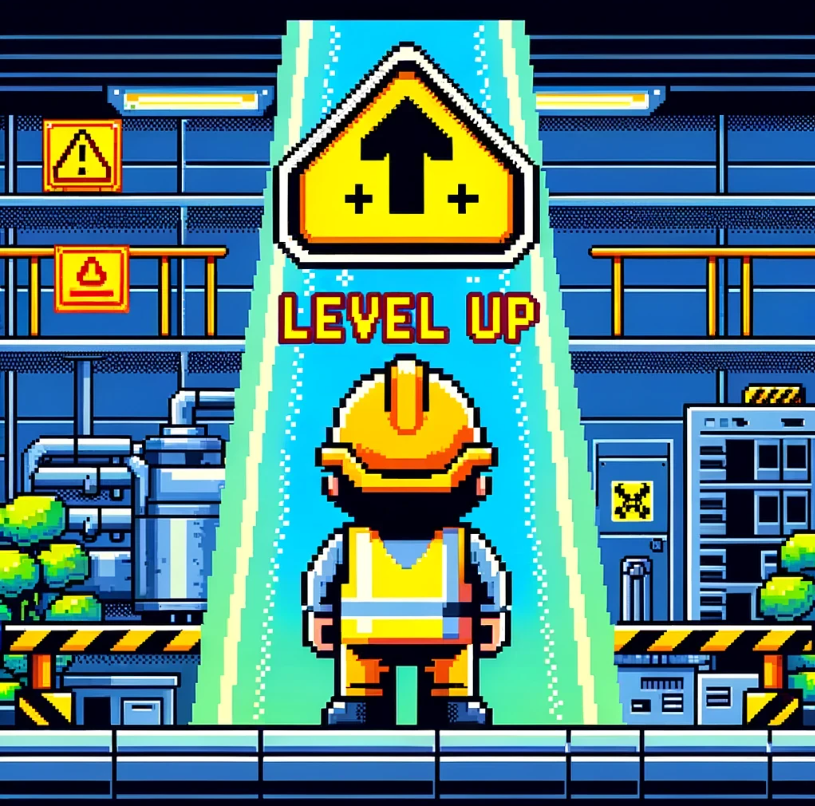
This article was contributed by SafetySocial team member Christy.
What We Can Learn from Playgrounds About Workplace Safety
As a parent, one of the hardest lessons I’ve had to learn is that letting my young, adventurous toddler explore the world comes with a level of risk. There are times when my heart skips a beat as he climbs, jumps, and runs with a boundless curiosity that I envy.
While my instinct is to keep him safe, to wrap him in bubble wrap, I also know that every bruise or scraped knee is teaching him something far more valuable than caution: how to navigate and assess risk.
Those little risks—learning to balance on a log, climbing just a bit higher—are essential to his growth.
And when a colleague sent me Mike Hewson’s TEDx talk, “Playing with Risk: The Dangers of Thinking Safe,” it got me thinking about how we approach risk as adults, and especially as safety professionals.
Hewson, an artist and engineer, raises a great point: playgrounds should be safe, but not risk-free. And that same principle holds true in the workplace. In our quest to protect and prevent, are we stripping away the opportunities for people to learn how to navigate risks effectively?
Are We Playing It Too Safe?
In the safety field, our mission is often to eliminate hazards, to make environments as risk-free as possible. But there’s a crucial nuance here. While some risks must absolutely be minimized; others can play an essential role in learning, development, and fostering a culture of safety that’s about more than just compliance.
Watching my toddler, I see that balance firsthand. A little stumble here and there isn’t just inevitable—it’s part of learning. And the same applies to our teams at work. We want them to understand risks, assess situations, and make smart decisions. But we can’t build those skills if we’re too focused on creating completely risk-free environments where there’s no room for exploration, problem-solving, or learning from mistakes.
Risk Competence Over Risk Aversion
For safety professionals, the goal is not just to shield people from all hazards; it’s to equip them with the tools and mindset to understand and handle risk thoughtfully. Risk competence—knowing how to engage with and manage risks—can be far more valuable than risk aversion. It’s about encouraging a proactive safety mindset, where teams are comfortable identifying hazards, raising concerns, and even making those day-to-day decisions that keep themselves and their colleagues safe.
The best safety cultures aren’t those that wrap everyone in bubble wrap—they’re the ones where people feel empowered and capable of managing challenges as they arise.
So, How Do We Strike That Balance?
It comes back to perspective. Safety isn’t just about eliminating risk, but about knowing how to navigate it. Whether in the playground or the workplace, the ability to engage with risk thoughtfully—to make calculated decisions and learn from experiences—is a skill we all benefit from.
Hewson’s message is an important reminder: safety isn’t just about protecting from risk but teaching people how to understand and engage with it in a way that builds confidence, competence, and a culture that’s ready to handle whatever comes next.
Where do you see opportunities to engage your team in risk competence rather than just risk avoidance?
Want more curated content like this straight to your inbox? Subscribe to our newsletter. 👇



